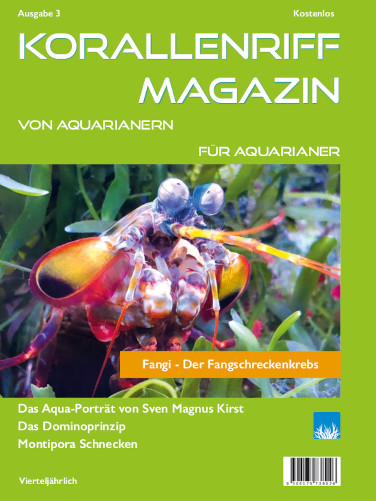Info
Dwarf cichlids are bidirectional sex changers, i.e. the sex can be changed in any direction. From birth all fry are female, if two females are put together, then the stronger fish changes to male and changes species specific possibly the colors/fin shape. The sex change lasts from (w to m) 18-56 days. If a mating of two males takes place, then the sex change lasts 52-93 days and it can come over a longer period to massive fights. If there are color variations associated with the sexes, then in the case of two males, the reverted female will take on a cloudy coloration.
Scientifically the sex change is proven in Pseudochromis flavivertex, Pseudochromis aldabraensis and Pseudochromis cyanotaenia in experiments. It can be assumed that the sex change can take place in the same way in the remaining Pseudochromis species.
Pseudochromis springeri accepts all food and is also not very sensitive to disease, there is also less aggressiveness.
Breeding information.
The male lures the female into his cave by swimming up to her. After spawning, he guards the spawning clump. If there are several females in the aquarium, then there are also several spawning balls in the cave.
The larvae hatch shortly after the light is off. The larvae are about 2-3mm and eat small zooplankton in the beginning, after a few days enriched species Artemia can also be offered.
You should keep all Pseudochromis species as a pair.
1. they are much more peaceful than when kept alone.
2. breeding is possible here.
Nevertheless a very interesting species, which can be kept very well with other, less large fish, in the aquarium.







 HST
HST











































































